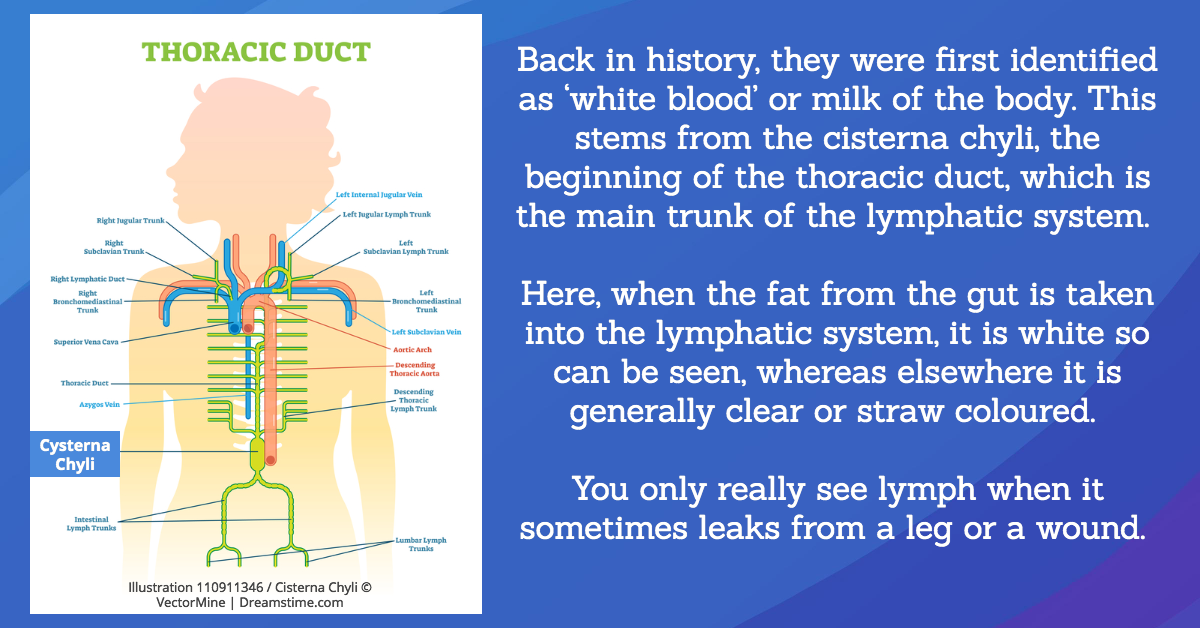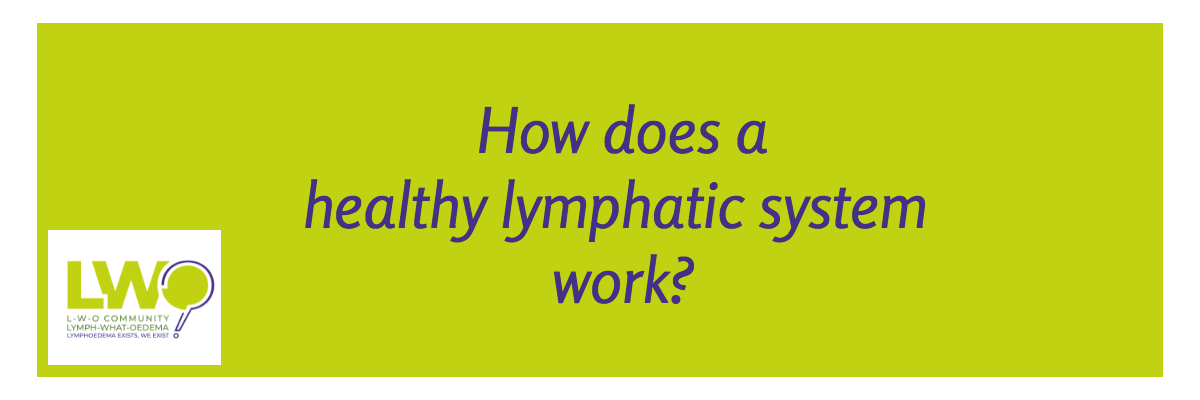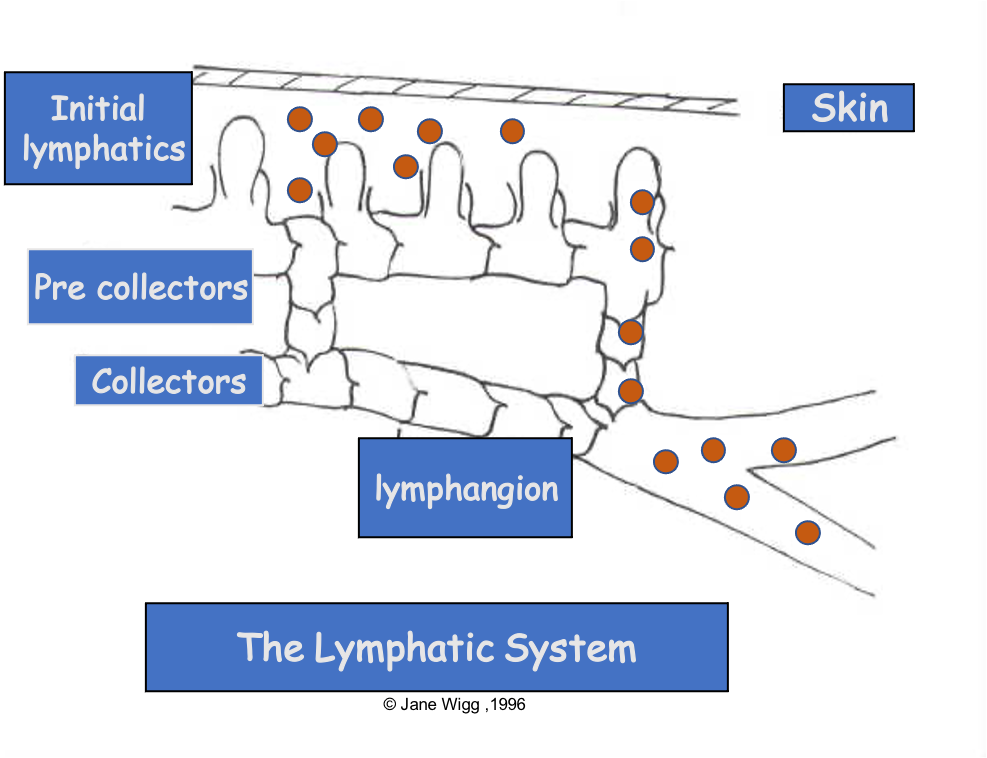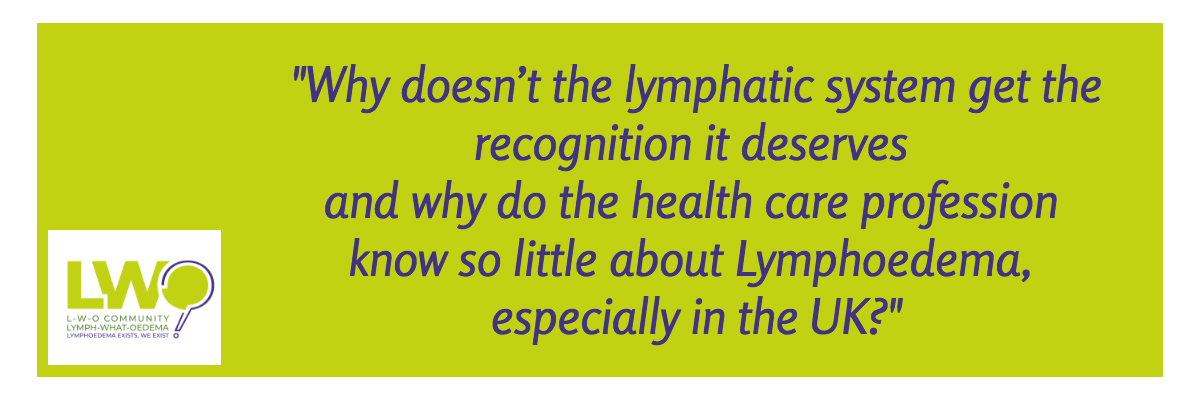Jane Wigg RGN, MSc, Lymphoedema Clinical Expert, Answers L-W-O Community Member Questions
In February 2021, PhysioPod® UK (in working partnership with L-W-O Community) contacted Jane to ask for her support in their joint Lymphoedema Awareness Week and World Lymphoedema Day Campaign.
Jane Wigg is internationally acclaimed as being one of the leading lights in Lymphoedema treatment development, research and education and is well-known for her passion to 'optimalise treatment' for those living with Lymphoedema. Jane created a fabulous video message of support.
Additionally, Mary Fickling and Gaynor Leech of LWO, decided to ask Jane whether she would be happy to answer questions from L-W-O Community members as part of the campaign and she happily accepted. However, due to the time constraints involved in getting the LAW2021/WLD2021 campaign together, it was jointly decided to re-schedule this special strand to commence as of 1st August 2021 and become a regular feature of the PhysioPod Free Monthly NewsMagazines.
Question One
"Unfortunately, much of this comes from history. Even now, we are still fighting for more education of the lymphatic system to be in the education of medics and other health care professionals. Lymphatics are not given the credibility that they should have largely due to the lack of understanding of their role. The real answer to ‘why’ is probably that the lymphatics are ‘clear’ unseen and therefore ‘untold’. Although they were identified a few centuries ago, their importance to our bodies were not thought to be so significant. Of course, all of this has changed, especially in the last decade, where we now understand that 100% of all fluid pushed into the skin is taken back through the lymphatic system.
So now there is greater understanding that without lymphatics (or enough of them), you swell!

Now with imaging (particularly lymphoflouroscopy or ICG imaging) the lymphatics can be seen for the first time, moving live and this has changed everything, with a marathon taking place in trying to discover more…that can only be a good thing. It is leading to more interest, more understanding and you will find that it will make an entrance into longer than the 2 hours training given to medics!
In this special video below we see:
Lymph is moving from the right to left as the lymphangion fills, the valves will contract and push the lymph along. The lymph is propelled along 3-4 lymphangions at a time once emptied, the lymphangion will wait to be filled with lymph from the tissue and from the collector waiting until it is full enough to proceed on its journey. Lymph is taken into the collectors through movement and activity. No movement means less drainage.
Question Two

Wow, this is a big question but if you are talking about the mechanics of the ‘lymphatic system’ and how it moves, we can narrow it down. Firstly though, it is important to understand that the lymphatic system is responsible for two things; fighting infection and draining lymph. In fighting infection it regulates inflammation and produces cells to fight infection. Sometimes it overcompensates and produces too many cells and this causes inflammation, which can go on to cause skin thickening and skin changes. This puts the skin and body at increased risk of cellulitis and infection. The lymphatic system is responsible for draining all fluid away from the skin, so any that leaves the blood circulation can only be removed by the lymphatics, or through a lymph node back into the veins.

The lymphatics start in the skin- the top layer of the skin. They are what we call initial lymphatics or lymphatic capillaries and are empty until they are moved and stretched to encourage fluid in. They sit in the skin connected to collagen fibres, which open and close the initial lymphatics, in response to movement, sucking in the lymph. The initial lymphatics are connected to tubes which are vertical to the skin, taking fluid down, then connect to bigger tubes (horizontal in the skin), which have the first small muscle cells in the wall. Within these bigger tubes, known as ‘lymphatic collectors’, are valves. These are responsible for contracting and propelling lymph along. Some people who have primary lymphoedema, don’t have the muscle cells, or the valves, meaning that the lymph cannot be propelled along the tubes.
When the initial lymphatics in the skin have stretched enough, they will push the fluid down and into the pre-collector and collector vessels (or tubes). Once the collector is full enough, it will transfer the fluid along. If it doesn’t get full, the fluid will not be pushed along. It increases about 300 times its size to push the lymph along. On its journey, the lymph will meet a lymph node. Nodes will filter the lymph, fight any infection and then it will go on its journey. As the lymph enters the node, the node will increase and force some fluid (mainly water) into the blood vessel within the node, returning it back to the blood circulatory system and the heart for it to recirculate.
Here's a video with graphics to show what is happening..
All video wording by Jane Wigg, Lymphoedema Training Academy
Video creation: Mary Fickling, PhysioPod UK Limited
Schematic diagram of the lymphatic system within in this video is reproduced with the kind permission of
More on Lymph Nodes

So, a brief overview of the lymphatics, their lack of attention and their importance. So, look after them, keep healthy and remember… moving matters! See you next month.
Jane Wigg
You can subscribe for free and get our monthly newsmagazines directly into your inbox or you can check back on a monthly basis here to see NewsMagazines

.png)

